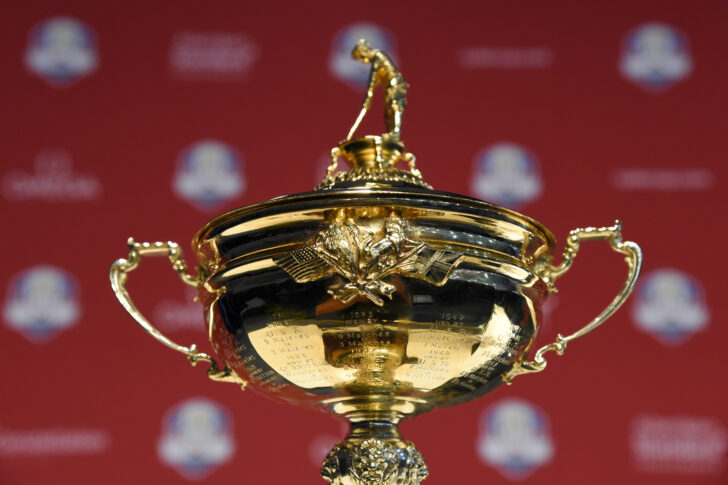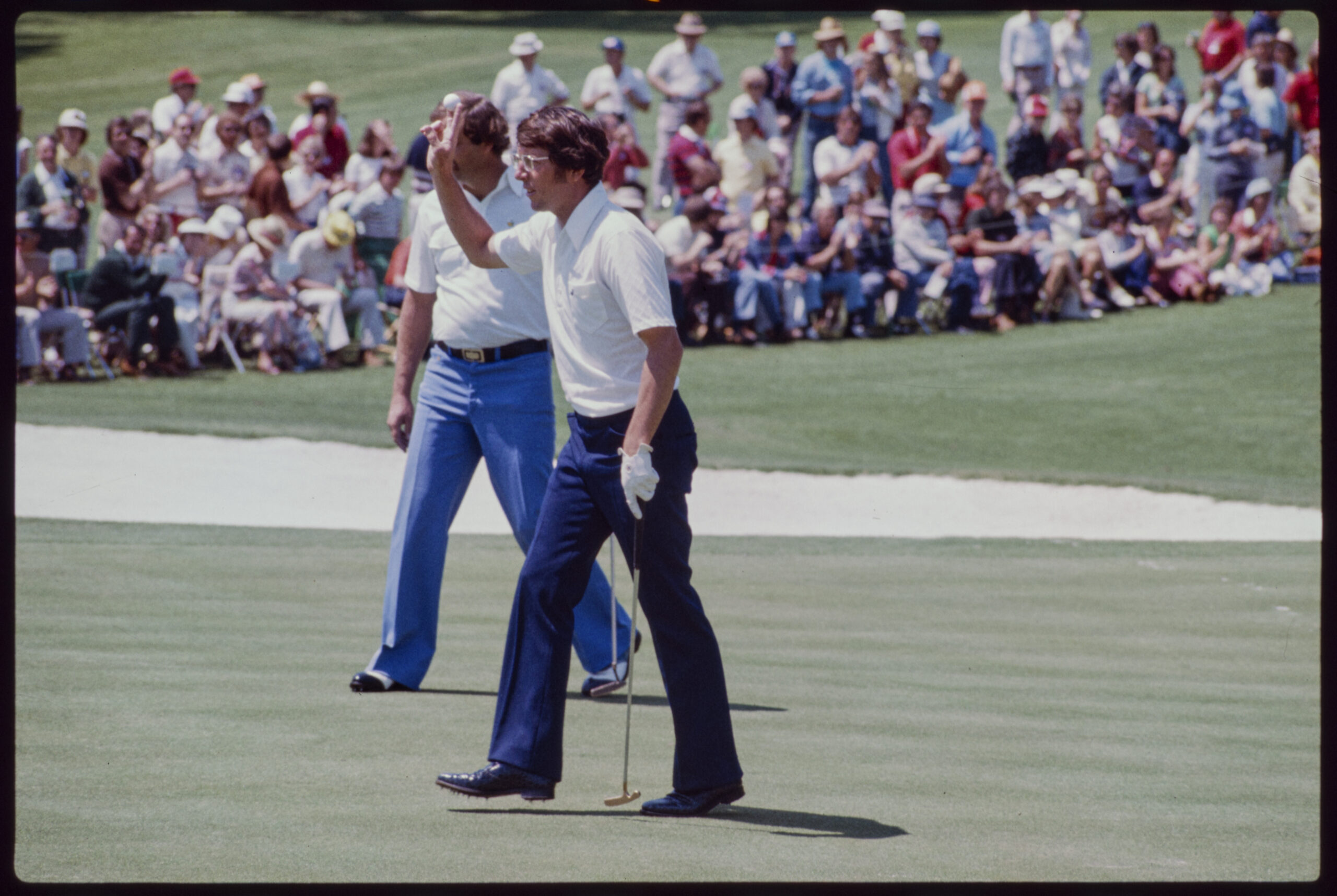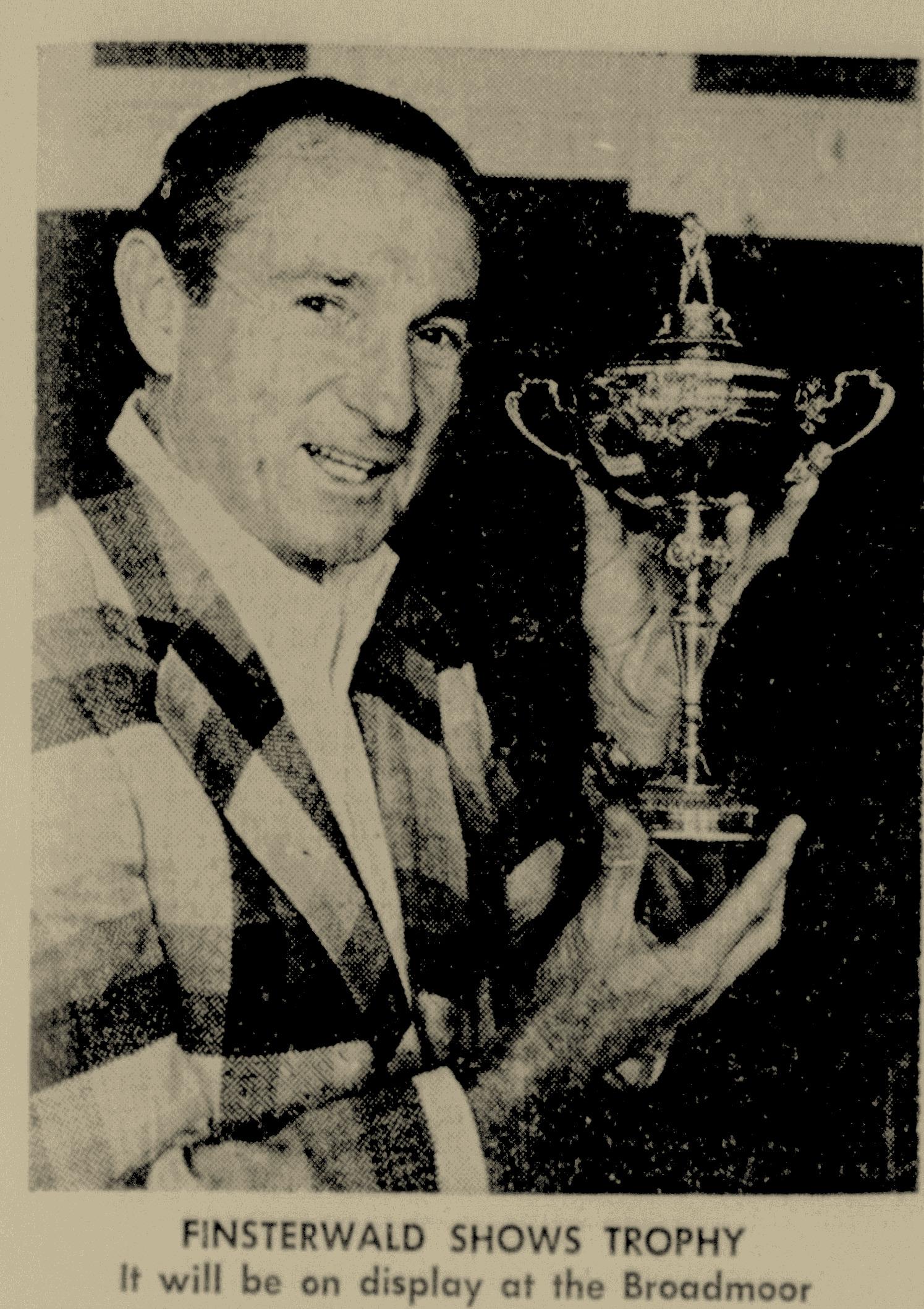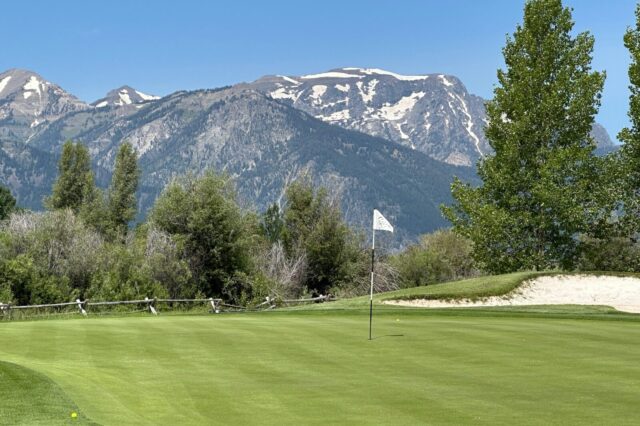The yearlong wait is finally over. This week, two teams of 12 golfers head to The Straits at Whistling Straits to compete for the Ryder Cup.
The event was postponed a year due to the COVID-19 pandemic, but once the tee shots are launched Friday morning, the biennial competition will be in full swing. Ask any American player or any American fan and they’ll claim that this year is a crucial year when it comes to tipping the scales back to Team USA.
For the last 30 years, Europe has flat out dominated the event, going 9-5 against the Americans. It wasn’t always this way, but to say that Europe hasn’t been the better team for almost and entire generation is an outright laughable statement.
The European dominance truly dates back to 1985 when they claimed their first title since opening the roster up to continental Europe as a whole. They won three in a row from 1885-89, including a big win at Jack Nicklaus’ home course, Muirfield Village in Dublin, Ohio. To pour salt on the wound, Nicklaus served as the United States captain that year and watched as Europe, led by Spain’s Seve Ballesteros, edged out a 15-13 win to get their first Ryder Cup win in America.
But the seed for this win, along with the preceding win in 1985, were actually planted in 1977. It was that year’s Ryder Cup , that last one before the full scope of Europeans joined Great Britain, that in hindsight, marked the end of American dominance and gave birth to a new era in the event. An era that continues today as Steve Stricker does what he can this week to end this chapter of golf and bring in the dawn of the American resurgence.
**
The Colorado Guys
The hallways just outside the pro shop at the Broadmoor Golf Club in Colorado Springs are lined with relics from the course’s history. One of the best resorts in the country, the Broadmoor has hosted US Amateur championships, US Women’s Open championships and US Senior Open championships.
The course is a blend of a Donald Ross and Robert Trent Jones design and is often cited as the place that began the career of Jack Nicklaus. The Golden Bear won the 1959 US Amateur and turned pro just two years later. But it isn’t Nicklaus that ties the Broadmoor to the 19777 Ryder Cup, although he was a major factor in the direction of the even after the 1977 match.
In a display case is a replica of the Ryder Cup. Next to it is a replica of the Wanamaker Trophy which is awarded to the winner of the PGA Championship. The same man is responsible for both replicas.
Dow Finsterwald became the head pro, the director of golf, at the Broadmoor in 1963. He took the job and maintained his status on the PGA Tour. Finsterwald had won the 1958 PGA Championship, a year after playing in his first Ryder Cup.
The 1957 Ryder Cup was a bit of an embarrassment for the Americans. Taking a 3-1 lead into singles, Great Britain won six of eight matches and tied another to give the Britains just their third win in the history of the event. Finsterwald went 1-1 on the weekend.
In his playing career, Finsterwald went 9-3-1 in the event. By the time the 1977 event rolled around, Finsterwald has racked up 11 PGA Tour wins, but was approaching 50 years old and not one of the most reliable players for international competition. But heading into 1977, the team needed a captain.
In those days, it was standard that the Ryder Cup captain be a major champion and more likely that they be a PGA champion since the PGA of America is the United States’ governing body for the Ryder Cup.
On June 21, 1977, less than three months ahead of the event, the PGA named Finsterwald as captain.
“It was quite a surprise,” he said at the time. “The decision was made by the PGA Committee. This is the first time I can remember that a member of the committee has been named captain.”
The man calling one of Colorado’s signature courses was now in charge of steering the ship for Team USA.
The next step was assembling a team. The Ryder Cup team was built on the results of the PGA Tour. Looking back, the process isn’t as easy to define as say the 2020 team (six auto qualifiers based on money won on the course since the 2019 season and six captain’s picks), but Frank Macomber did clarify a bit of the process in an Aug. 4, 1977 article that appeared in the Scottsdale Progress.
He was pointing out what players stood to win, should they claim the upcoming PGA Championship. Among the potential honors were a trip to the World Series of Golf and a spot on the Ryder Cup team.
“Jack Nicklaus, Tom Watson, Ray(mond) Floyd, Hubert Green and Jerry McGee have already nailed down trips to Akron, Ohio, for the World Serieis and to Royal Lytham, Britain, for the Ryder Cup matches,” Macomber wrote. “Hale Irwin, Don January, Dave Hill, Ed Sneed and Lou Graham have qualified for the Ryder Cup, but have yet to make it to the 1977 World Series. Dave Stockton and Al Geiberger now hold the 11th and 12th spots on the Ryder Cup team, but they could be bumped if the PGA or World Series winners aren’t already on the squad.”
Stockton would hold his place, but the 12th spot went to an up-and-comer named Lanny Wadkins. As Macomber predicted, Wadkins won the PGA Championship that week and bumped Geiberger from the team.
The roster was set, and the team had two big pieces with Colorado ties. Finsterwald was of course a resident and head pro at one of the state’s most exclusive courses.
The other was Hale Irwin, a former two-sport standout at the University of Colorado. On top of earning All-Big Eight honors as a defensive back, Irwin was a heck of golfer. He claimed the NCAA championship in 1967 and then turned pro. He grabbed his first major championship in 1974, winning the US Open at Winged Foot Golf Club in New York.
Irwin made his first Ryder Cup appearance in 1975 where he went 4-0-1 to help lead the Americans to a 21-11 drubbing of Great Britain and Ireland. He would join future teams and perhaps gain his most famous Ryder Cup moment when he won his match against Bernhard Langer in 1991 to clinch the win for the United States.
**
An Unfair Fight
Something had to change. But the time 1977 had rolled around, the United States had dominated the Ryder Cup to the extent that the event just wasn’t fun anymore. It had to become so much of a routine blowout in favor of the Americans that it was an event that could attract some of the top players. As Shane Ryan points out in The Ryder Cup Run podcast, “by 1977 you have guys like Tom Weiskopf skipping the Ryder Cup to go hunting. It’s not a joke.”
After that same 1975 drubbing where Irwin made his debut, a format change was made with the hopes of making the event more competitive.
The number of matches through the week were cut down. The theory being that the Americans wouldn’t win as many and the overall margin of victory wouldn’t look so lopsided.
The reduction of matches went from eight foursomes (alternate shot) matchtes and eight fourball (best ball) matches and 16 singles matches down to five foursomes, five fourball and 10 singles.
After the event, Finsterwald openly declared the experiment a failure, with good reason.
By the time the event was over, the Americans once again retained the Ryder Cup and new, bold plan would be formulated. In its current format, the Ryder Cup was a competition that was on the verge of going away. By the time the changes were implemented, 1977 can be flagged as the end of American Ryder Cup dominance, even though they won the event two more times afterward.
**
The Matches
This was an era of competition where Ryder Cup captaincy was more of an honorary position than what is seen today.
A lot of been made about the way Steve Stricker is preparing his 12 guys for competition in terms of on and off-course work.
That wasn’t always the case, especially before the 1979 matches. As Ryan again points out on his podcast, captains today are far more involved than they were back then.
It was Curtis Strange who detailed the difference in Robin McMillan’s book Us Against Them: The Oral History of the Ryder Cup.
“And you have to remember that captains back then didn’t as they do now,” Strange wrote. “Dow Finsterwald told me after dinner in Dallas ‘the only thing I told my guys was to do what you normally do. If you’re used to drinking a fifth of liquor, drink a fifth of liquor. Don’t change just because of the Ryder Cup.”
It’s a preposterous statement in context of today’s event.
But looking at how the Americans fared in 1977, Finsterwald was on to something. The Americans entered the event as the most favored team in the history of the Ryder Cup. They were so favored that a $10 wager on a DraftKings betting app – had it existed back then – would have won the bettor $0.65.
The US took a 3.5 to 1.5 lead after foursomes. Finsterwald sent Irwin and Wadkins out first and they handled Bernhard Gallacher and Brian Barnes 3&1.
Friday went even better as the Americans won the session 4-1 to go up 7.5 to 2.5. With just 20 points available, the Americans needed just two and a half points to retain the Ryder Cup.
They got two in the first two singles matches on Saturday as Wadkins and Lou Graham both closed out their matches on the 15th hole.
Irwin was fourth out in the lineup and could’ve clinched the winning point because Don January got rolled by Peter Dawson 5&4.
Unfortunately, the former Buff lost his only match of the weekend in that singles showdown against Barnes. The match went all 18 holes, but Barnes came away with a 1-up win.
But it was all for naught. Dave Hill had closed out Tommy Horton 5&4 and it turned out the Americans had won the event before Irwin even got to the 18th hole.
The final score ended up USA 12.5, Great Britain and Ireland 7.5 and the margin of victory was every bit as bad as it had been in previous years and as it had been expected at the start of the matches.
**
The End of American Dominance
Jack Nicklaus should’ve been careful what he wished for. At the conclusion of the Ryder Cup, the standard celebration took place. FInsterwald brought the Cup back to Colorado Springs where it was put on display at the Broadmoor, the same place where a replica sits to this very day.
Behind the scenes, Nicklaus was making a plea to the British PGA to allow for new ways to make the event more competitive. The president of the British PGA at the time was Lord Derby, cousin to Queen Elizabeth II.
By the time the talking was done, there was an agreement in place that would allow the British roster for the Ryder Cup to open up to all of continental Europe. That would allow for Spaniards such as Seve Ballesteros and Jose Maria Olazabal.
In today’s landscape it allows for players such as Italian Francesco Molinari, who went 5-0 three years ago in Paris. For the 2021 (2020 as it is officially designated) team, that also means Norway’s Viktor Hovland.
The Americans initially won the first two Ryder Cup matches that included the full scope of Europe, but in 1985 that changed. The Europeans won at the Belfry then turned around and won at Muirfield two years later.
Overall, since 1985 the Americans are 5-11-1 at the Ryder Cup. The hope is that 2021 will serve as a launching point for a new era of American dominance. An era that was seen in the early days of the Ryder Cup and was last truly felt in 1977 when a couple of Colorado guys brought the Cup home.





